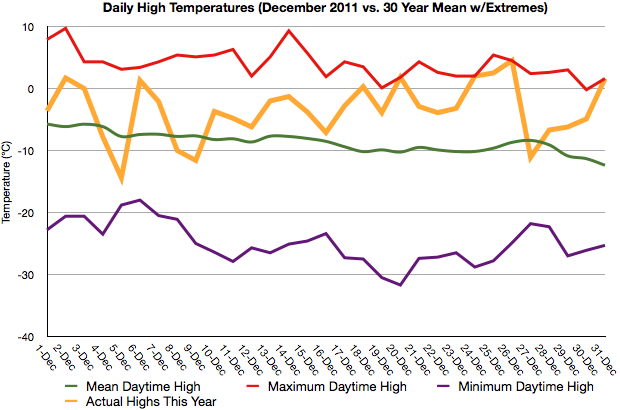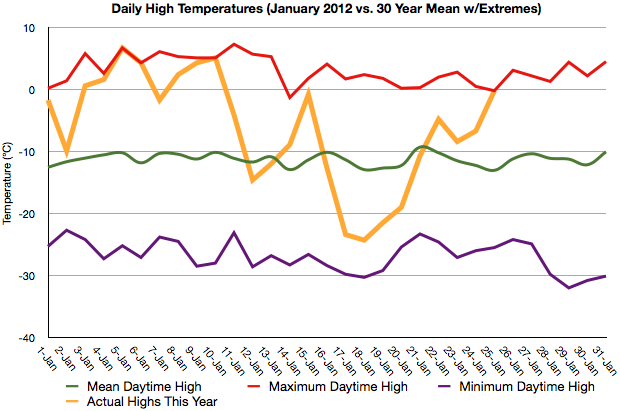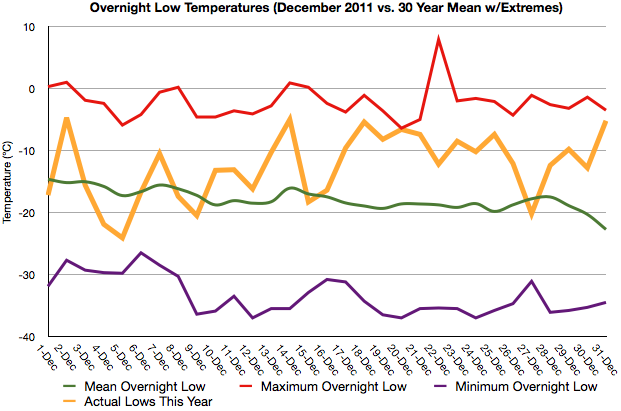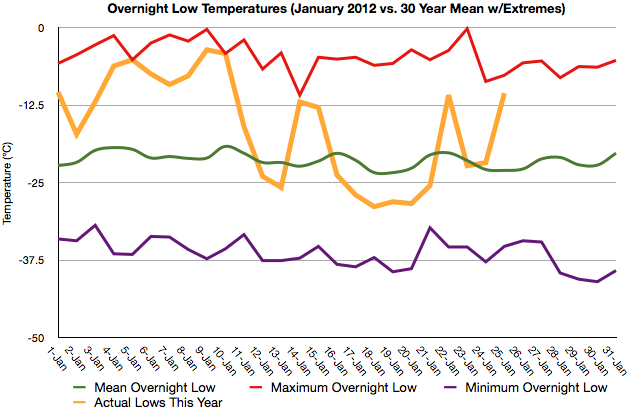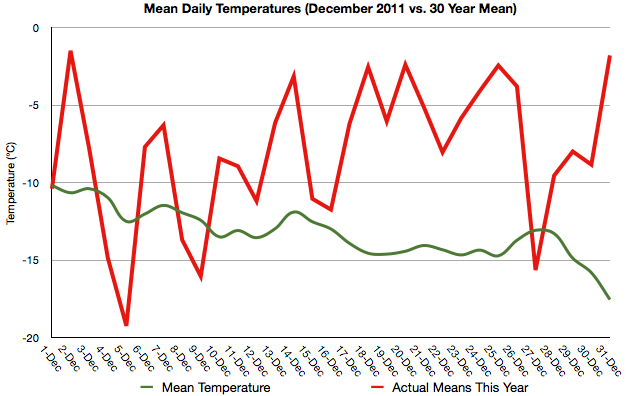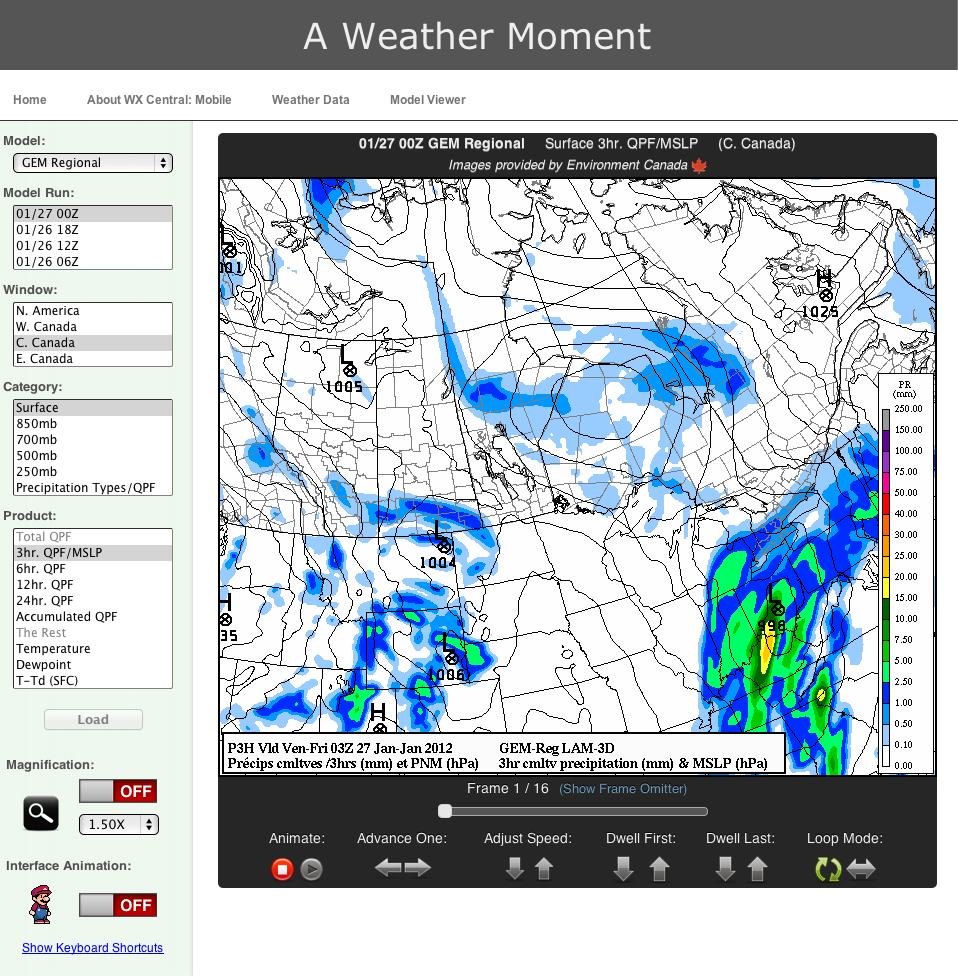Editor’s Note: The following is a guest post by @jjcwpg, originally posted here and has been updated with some relevant links from A Weather Moment.

For the 4th consecutive year, I have gathered statistics on thunderstorm and severe thunderstorm frequency across southern Manitoba. An explanation of how I gathered these statistics as well as notes on accuracy can be viewed here. I have divided southern Manitoba into 6 regions: west, southwest, south, southeast, east and Interlake. These regions can be seen here. I understand the zones are not equal in size; I plan to try to improve this next year. Lastly, I’d like to thank you in advance for taking the time to read this post as it is one of my favourite posts of the year!

The 2013 thunderstorm season was less active than in 2012 in all regions of southern Manitoba. The greatest decline in thunderstorm days was in the Interlake, southeast and east parts of Manitoba where in some cases there were more than 10 thunderstorm days less than in 2012. The Interlake saw the greatest decline, dropping from 67 thunderstorm days in 2012 to only 55 this year. In total, there were 89 thunderstorm days across southern Manitoba this year, compared with 109 last year.
One reason for the decline is because 2012 had a very long thunderstorm season, lasting from March to November. This year, the first thunderstorm did not occur until April 30, and the last on October 11 putting the season at 165 days long, compared with 237 days last year.
The season began quite late in some areas this year, in large part thanks to an incredibly late spring. The South, Interlake and East zones did not see their first thunderstorm until May 14, 2 months later than last year. On a more local scale, Winnipeg saw its first t-storm on June 10, the second latest start to the thunderstorm season since 1953.

Again in Winnipeg, there were only 17 thunderstorm days this year at the airport, tying for 4th least in a year since 1953. It just so happens that one of the years we tied with was 2011. This really follows the trend of the past few years of below normal thunderstorm activity in the city. The last time we had an above normal season was 2007. The last 6 years have averaged some 6 days below the 1981–2010 and 1971–2000 normal of 26 to 27 days.
In comparison, Brandon had 23 thunderstorm days this year, and I recorded 20 here in south St Vital.
The map to the left shows the number of days with a severe thunderstorm warning issued by Environment Canada in each warning zone. It appears southwestern Manitoba was the busiest this year for severe thunderstorms. The season in Manitoba lasted from June 9 to September 26, or 110 days, compared with 116 days last year. Click here for a map of the length of the severe thunderstorm season in each warning zone this year.
.png)
The last map I have is of tornadoes, as seen to the right. The colours in the warning boxes represent the number of tornado warning days this year, and the dots represent unconfirmed (possible or probable) and confirmed tornadoes (coloured by intensity). Only 4 tornadoes were confirmed, but many more may have touched down.
The most notable twister was in Sioux Valley, First Nation, west of Brandon on July 18. It was a strong EF–0 tornado, and moved right through town, destroying a few homes and leaving a few injured. Other than that, the most significant potential tornado event was in the Pipestone to Hartney area on July 13. Significant damage occurred in the area, including to the arena in Pipestone which half of it had been flattened. It is still up in the air wether a tornado occurred or not. Either way, according to Discover Westman, some recall the storm as being the worst storm in recent memory in southwestern Manitoba.
The storm also only worsened the flooding conditions in Reston, which saw yet another round of biblical rains with the storms. In fact, the town had received about 352 mm of rainfall in just a 24 day period from June 20 to July 13 according to Manitoba Agriculture.
In addition to the rains and winds, 9 cm diameter hail was measured in southeastern Saskatchewan with the storms.
Lastly, the following graph summarizes the number of thunderstorm days, severe t-storm warning days and tornado warning days across all of southern Manitoba per month:

Thanks for reading! A summary of the severe storm season across Canada will come late next week.






